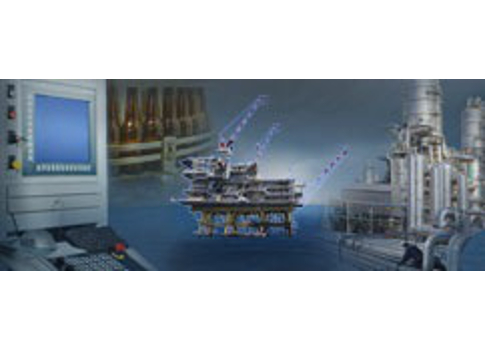Selecting the incorrect coaxial cable for a closed circuit television (CCTV) can degrade signal transmission and quality. Consider basic properties like shielding, RG type, and jacket composition when choosing a coaxial cable.

Coaxial cable is designed to transmit the complete video frequency range with minimum attenuation or distortion. Selecting the incorrect coaxial cable for a closed circuit television (CCTV) can degrade signal transmission and allow outside radio frequency interference (RFI), which will result in poor or unusable picture quality. There are six basic properties of coax cable, which come in many construction types and materials:
1. Center conductor construction — There are two basic types of construction: solid copper and copper coated steel core. The copper coated steel is less expensive and generally a stronger cable. However, it will attenuate the lower frequencies of a video signal and is not recommended.
2. Center conductor impedance — Many CCTV systems are compatible with 75 Ohm cable. There are other standard impedances available, hiowever. Determine which impedance cable is needed based on the system hardware.
3. Dielectric Insulator — The insulating material around the center conductor will have an effect on capacitance, impedance, attenuation and velocity of signal propagation. Using an insulator such as FEP or polyethylene is recommended. Don’t get too distracted by the material used; the overall cable specs will be a reflection of the insulator within the cable. Verify that each of aforementioned characteristics of the cable is within an acceptable range for the application.
4. Shielding — The purpose of a shield is to provide a barrier against outside interference, which could distort the video signal, and to provide a low DC resistance ground path. A proper shield should be bare copper and have a 95% or better braid coverage; anything less is usually not acceptable for CCTV.
5. Jacket composition — The jacket should be determined by the environment where the cable will be installed. The same principles apply here as with any electrical cable installation. Indoor/outdoor, direct burial, sunlight resistant, abrasion resistant, plenum etc. Follow National Electrical Code (NEC) and local regulatory codes for this item.
6. RG Type — Coax cable is available in several different RG types with the most notable difference between them being the expected signal distance. The following is the most prevalent 75 Ohm cable and their respective usable distances:
- RG-179 (500 ft)
- RG-59 (750 to 1000 ft)
- RG-6 (1000 to 1500 ft)
- RG-7 (1500 to 2200 ft)
- RG-11 (2200 to 3000 ft).
This post was written by Andy Crossman. Crossman is a senior control specialist at Maverick Technologies, a leading automation solutions provider offering industrial automation, strategic manufacturing, and enterprise integration services for the process industries. Maverick delivers expertise and consulting in a wide variety of area including industrial automation controls, distributed control systems, manufacturing execution systems, operational strategy, business process optimization and more.
Maverick Technologies is a CSIA member as of 2/2/2016



